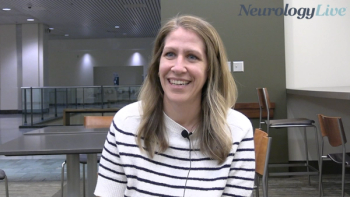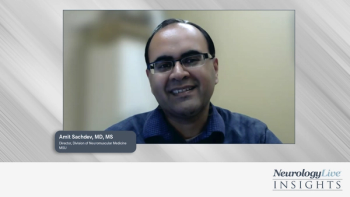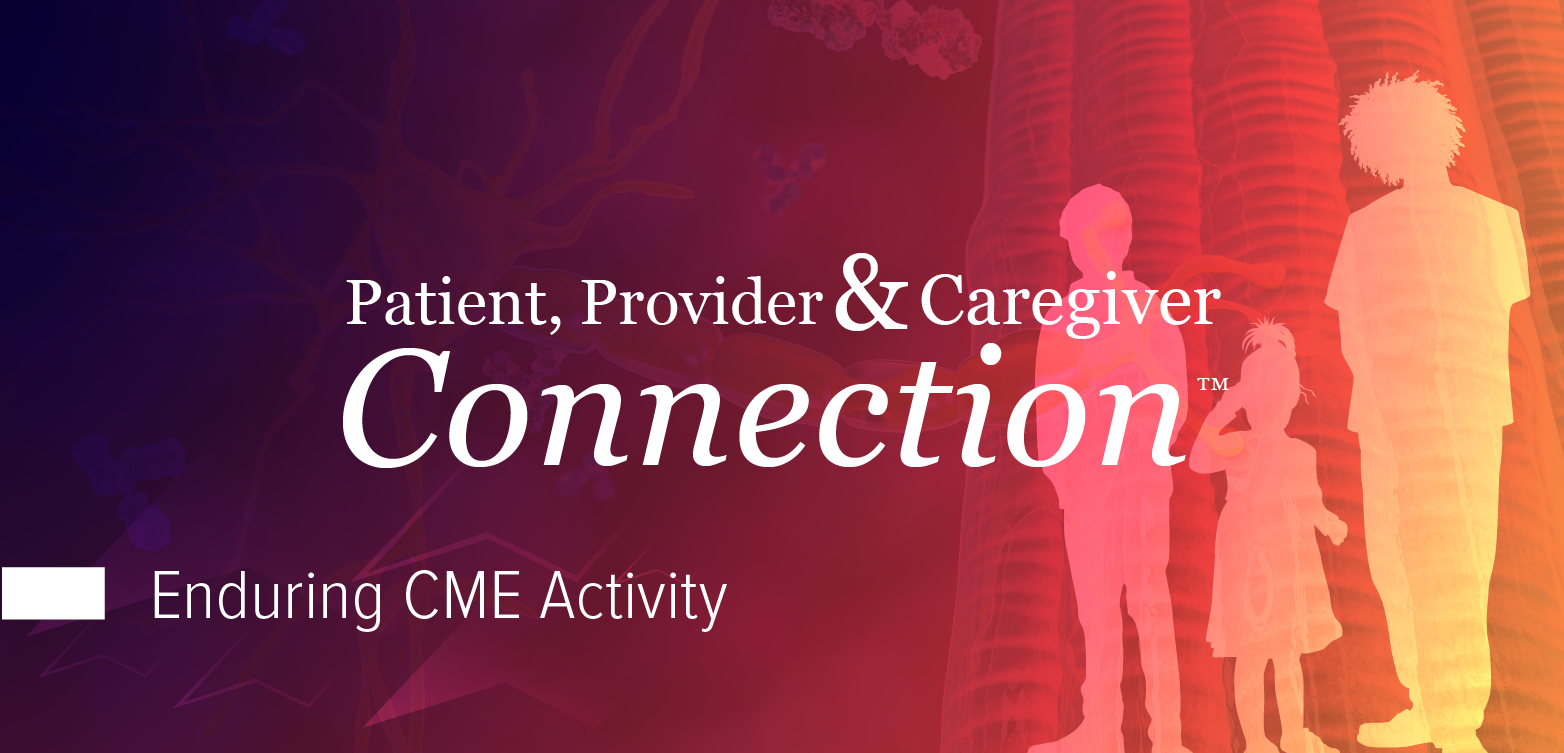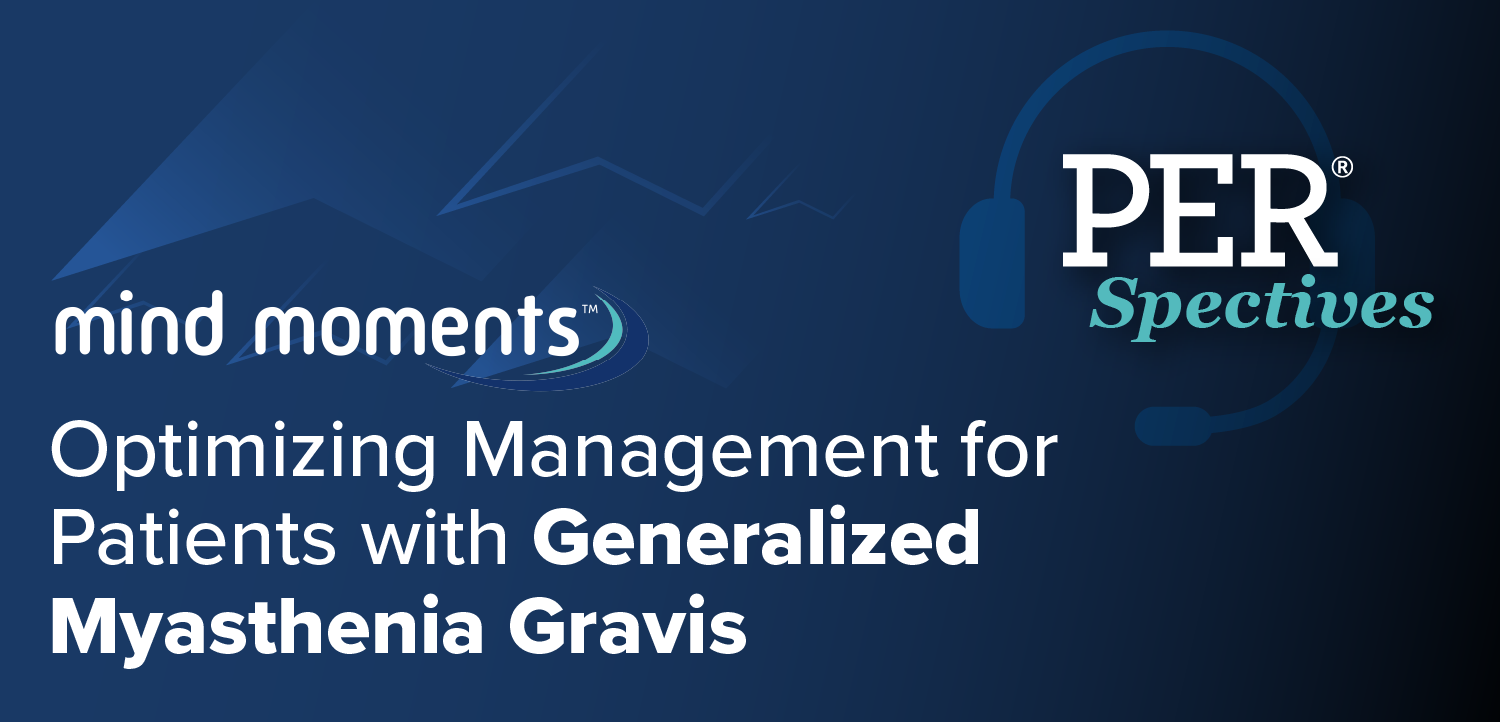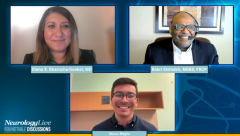
Looking Ahead: How Consensus Guidelines Will Shape the Future of SMA Care

This closing episode looks ahead to the future of SMA care, examining how updated best practices aim to accelerate access, optimize outcomes, and fuel ongoing progress.
Episodes in this series

Spinal muscular atrophy (SMA) is an autosomal recessive disorder caused by mutations in both copies of the SMN1 gene on chromosome 5q, occurring in about 1 in 15,000 live births. In the U.S., carrier rates vary by ethnicity, from 1 in 47 among White individuals to 1 in 72 among African Americans, with detection rates of 94.8% and 70.5%, respectively. SMA leads to the dysfunction and irreversible loss of alpha motor neurons in the spinal cord and brainstem, resulting in progressive muscle weakness and atrophy.
Earlier this year, Cure SMA, an advocacy group dedicated to advancing the care of patients with SMA, put out a new best practices guideline on decision-making between healthcare providers (HCP) and patients and caregivers in North American and Western Europe. To better translate the latest updates, NeurologyLive® convened study authors
In this final episode, Bharucha-Goebel and Elsheikh reflect on how the newly published SMA treatment recommendations are poised to reshape clinical practice—both now and in the years ahead. From urgent early intervention in newborns to better-defined expectations for adult patients, the document sets a new standard for decision-making, access, and multidisciplinary care. The clinicians discuss hopes for short-term implementation, long-term outcome tracking, and the need for continued research in areas like combination therapy and functional metrics. It’s a call to action that blends clinical clarity with collective momentum—because in SMA, progress never stops.
Transcript edited for clarity. To visit the 2025 Cure SMA Update in Best Practices,
Marco Meglio: For our final topic, let’s take a forward-looking perspective. How will these best practices change clinical care for SMA? What short- and long-term goals do you hope to achieve with this paper, and what impact might it have on both clinicians and patients?
Diana Bharucha-Goebel, MD: I’ll go back to the first point I made in this series—we’ve seen so much shift in SMA care over the last decade, and we’re excited about what’s coming in the next one. We’re diagnosing patients earlier, especially through newborn screening, and we now have several therapeutic options. The purpose of this consensus document was to assess where we are now: what we know about these treatments, their risks and benefits, the monitoring required, and how we communicate all of this to families.
It’s critical that patients starting any SMN-dependent therapy receive complete, clear information from their care teams—and that includes supporting joint decision-making. For healthcare providers especially, one of the biggest takeaways is the urgency of initiating treatment early, especially in presymptomatic or very young infants, like those with two copies of SMN2. We’re already seeing dramatic improvements in outcomes for patients treated in the first days or weeks of life.
As the field continues to evolve, we’ll need to see how these early treatment shifts impact long-term development, orthopedic and pulmonary health, and overall quality of life into adulthood. There's enormous potential if we stay focused on these early interventions and maintain strong multidisciplinary care. That’s how we truly maximize health and quality of life for individuals with SMA.
Bakri Elsheikh, MBBS, FRCP: Absolutely. From a short-term perspective, we hope these guidelines help standardize treatment recommendations and give healthcare providers, families, and payers a clearer understanding of treatment expectations—and how outcomes can diverge from the natural history of the disease.
For adult patients, this also marks a shift in mindset: we’re moving beyond basic disease management toward functional independence and quality of life. As we gather more real-world data and refine these recommendations, personalization will continue to be key.
That said, this document is just a foundation. Our field is changing rapidly. There are still unanswered questions—about combination therapies, long-term impacts, and optimal sequencing. One of the strongest points of consensus in the workshop was acknowledging those gaps. We don’t have all the answers yet, but this is a meaningful step forward. I also want to thank Cure SMA, SMA Europe, and all the patients and caregivers who participated in this effort. It’s a collaborative achievement. And while we’ve made incredible strides, we know SMA is not yet cured—so the work must continue.
Newsletter
Keep your finger on the pulse of neurology—subscribe to NeurologyLive for expert interviews, new data, and breakthrough treatment updates.


